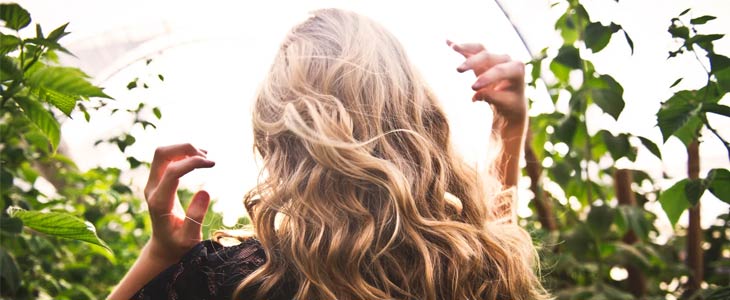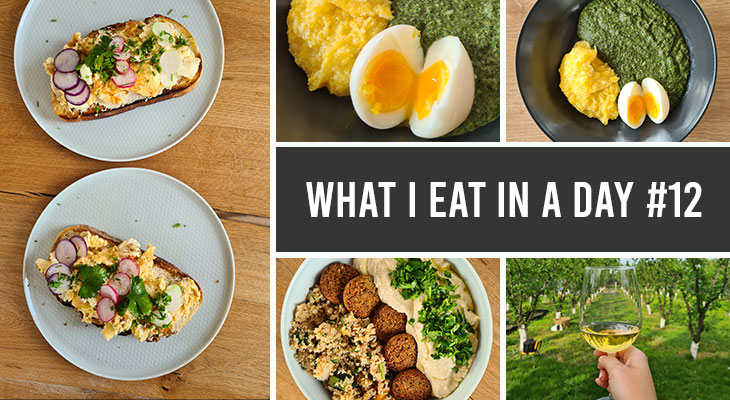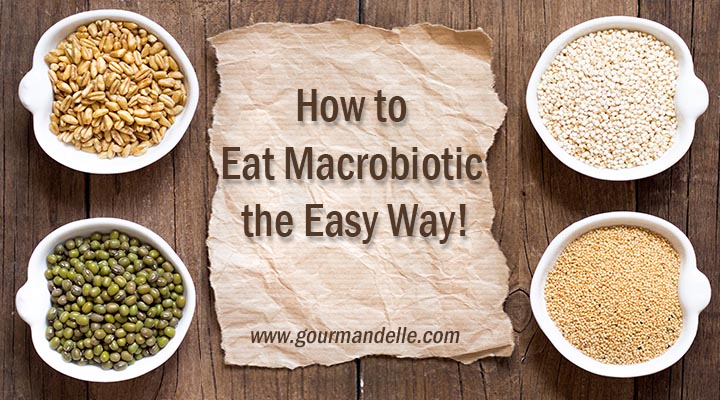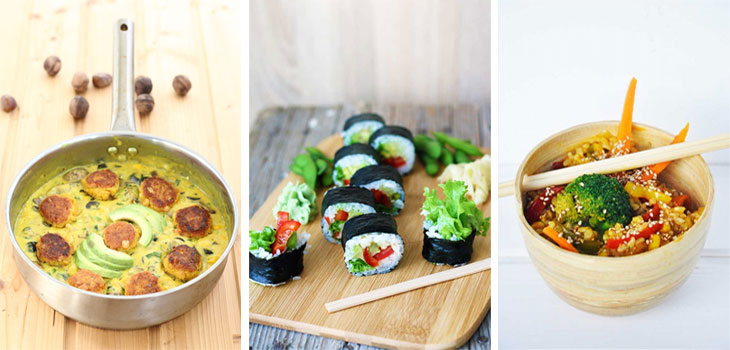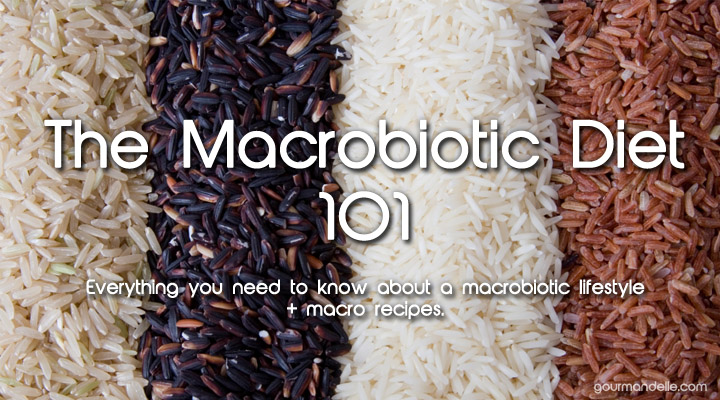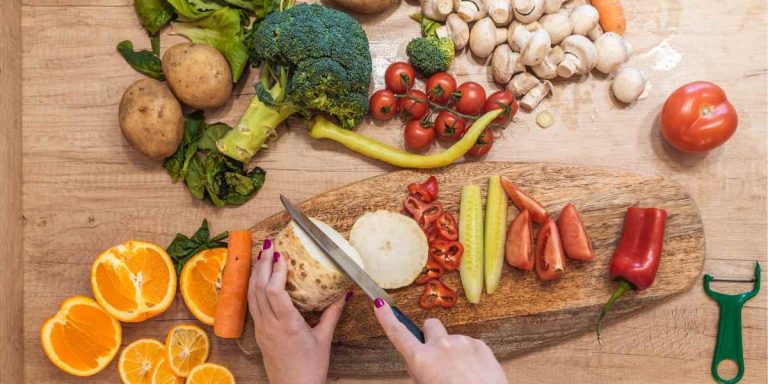8 Tips for Taking Better Videos of Your Food for Social Media
Master the art of capturing mouthwatering food footage with these 8 expert tips for taking better videos of your food for social media. Elevate your food photography and videography game today!
The rise of bloggers and content creators has demonstrated the immense power of well-crafted food videos in capturing the attention of a hungry audience. These videos not only showcase the art of cooking and baking but also tell a story, evoking emotions and fostering a connection with viewers.
Whether you’re a professional chef, a passionate home cook or an aspiring food content creator looking to capture your dishes for a cookbook, taking better videos of your culinary creations can elevate your online presence and engage your audience like never before.
We’ll delve into the essential tips and techniques for mastering food videography, from perfecting lighting and setup to incorporating captivating storytelling elements, ensuring that every moment is captured in a visually stunning and engaging manner.
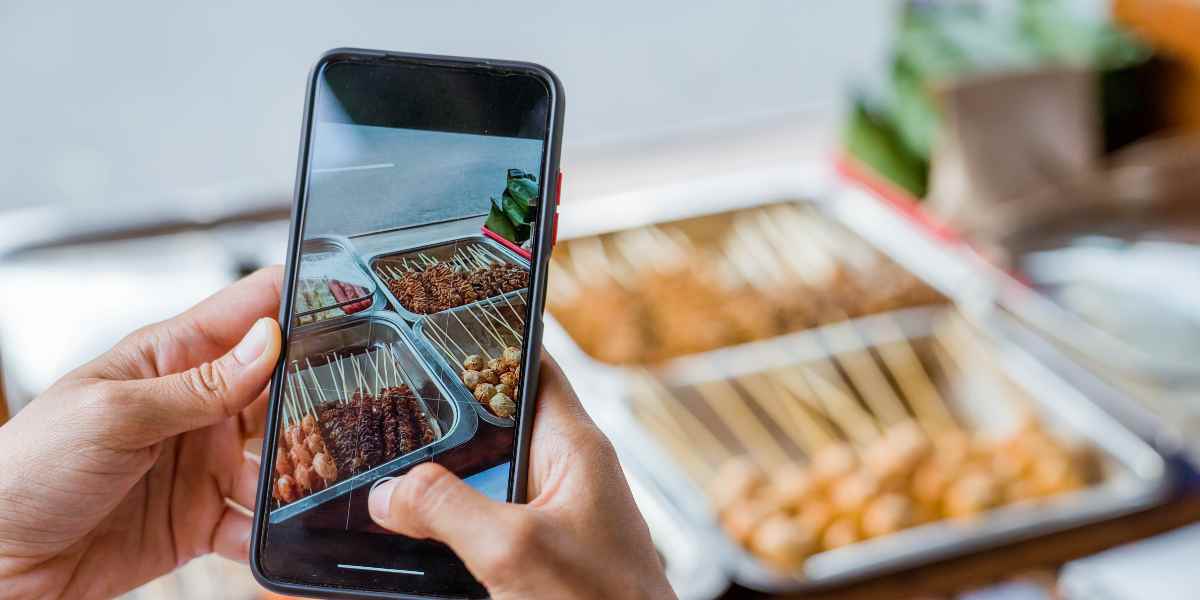
Focus on the details
The beauty of food is that there are so many colors and textures to focus on to engage your audience. From charred grill marks on barbecued meats to the glisten of olive oil over crisp salad leaves, using close up shots to focus on the textural details of your dishes makes the food look more enticing.
The presence of water droplets and splashes helps to make the food look fresher and healthier, while animating the image by focusing on steam rising from hearty meals makes them look all the more comforting. Color details are also important to making visuals pop – spend time arranging ingredients so the colors work well together, enhancing the appeal of your food.
Experiment with lighting
The lighting you choose can completely change the tone of your video, so there’s no one-size-fits-all approach – consider the style of video you’re aiming for and choose the lighting that achieves it. For example, you may want to choose a bright white light for ingredients or meals where you want to highlight the freshness, or soft lighting for meals that you want to evoke a cozier vibe with. Backlighting can be highly effective for giving a glowing feel to food, while diffusers help to soften harsh lights and shadows.
Pay attention to sound quality
Sound quality is essential to a well-performing video – there’s no point in spending hours shooting the perfect recipe video if it’s paired with sloppy audio. Distorted sound or a video with a lot of background noise will distract from your content, so pay close attention to the audio quality.
If you’re using a smartphone to record, make sure you’re speaking close to the phone, so it records clearly, and try to keep background noise to a minimum by switching off any fans, kitchen vents or ovens. It’s also important to test your microphone before you start recording to make sure it’s set at the right volume and is picking up sound clearly.
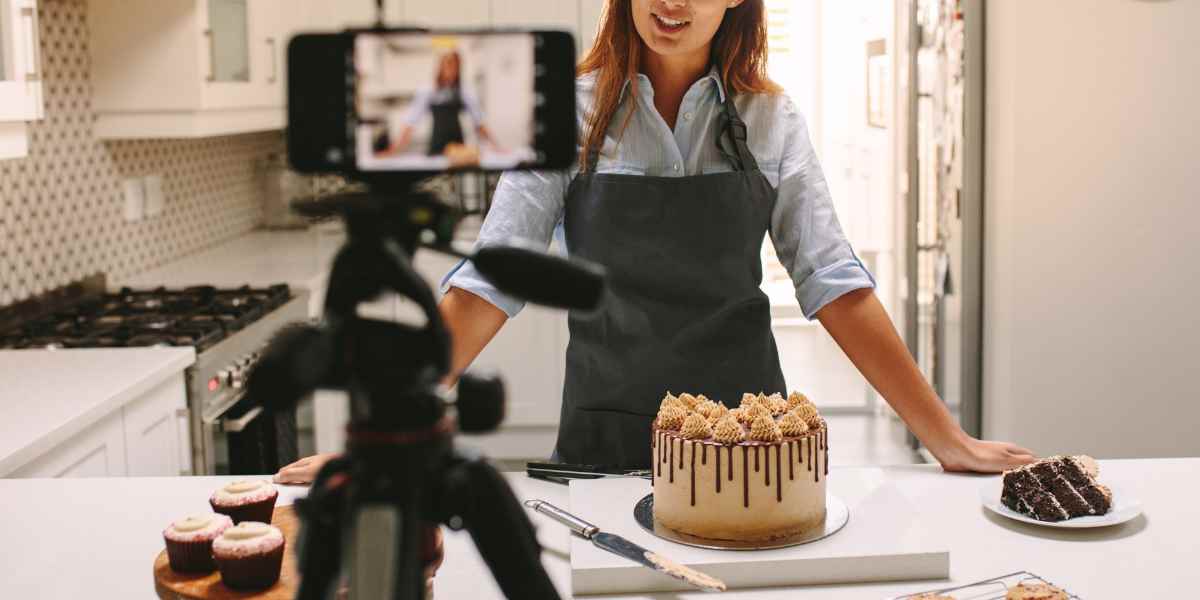
Include slow-motion shots
Slow motion shots are a great way to celebrate the unctuous quality of ingredients like cheese or melted chocolate, but it can also be an effective tool for showcasing ingredients in a different way. Using slow motion shots makes even the most basic of ingredients seem more decadent, and it can be a great way to break up a traditional recipe video to make it more engaging.
Identify the story you want to tell
Whilst food photography can tell a story across several shots, video offers the ability to widen that story and provide a full narrative around your recipes. So, don’t just focus on the food but the surroundings, from the preparation of ingredients to the cooking process and ways to serve. You may even want to add contextual footage such as picking farm-fresh vegetables or picnics in the park where people are enjoying the food you’ve made. These shots will help set the tone for the recipe and give people an idea of the sort of food you’re making, be it a romantic dish for celebrations or snack foods for kids to enjoy after school.

Decide on your platform
Consider where your video is going to live, as this will impact the type of video you create. Content for YouTube, for example, may be longer form and will need to be shot in horizontal format while a video for sharing on Instagram or TikTok needs to be kept under one minute and vertical. As a blogger or content creator, you’ll want to consider how your food videos will factor into your wider social media strategy – it may take some trial and error to figure out what your audience responds to and the style of videos that best work with your brand.
Stick to minimal post-production
Once the video is shot and you’ve decided which social channels you’re going to post on, you can start editing your footage. This can sometimes be more time consuming than filming the content itself, because you need to move frame by frame and consider how each shot will work as a cohesive piece. This might include adding title frames, captions or music, as well as filters or animations depending on your style of content.
A common mistake many food bloggers make is that they try to add too many transitions or effects, but this can be distracting for your viewers. Instead, keep quality at the forefront of your mind when shooting, allowing you to publish videos with minimal transitions.

Additional tips and resources
While the core principles of food videography can be mastered with basic equipment, investing in quality gear can significantly elevate the production value of your videos. For capturing stunning visuals, consider upgrading to a DSLR or mirrorless camera with manual controls and interchangeable lenses. A versatile lens will provide the flexibility to capture a variety of shots. Additionally, a sturdy tripod or gimbal stabilizer will ensure smooth, steady footage, which eliminates distracting camera shake.
When it comes to audio, a dedicated external microphone can vastly improve the sound quality of your videos, capturing crisp sound that complements the visuals. Lighting equipment, such as continuous LED panels or soft boxes, also provide consistent, flattering illumination, allowing you to control the style of your shots.
Beyond traditional equipment, there are various apps and tools on the market that can streamline your workflow and enhance your videography experience. Editing tools like LumaFusion or Adobe Premiere Rush offer powerful capabilities on mobile devices, allowing you to trim, color-correct and add graphics or effects on the go. Meanwhile, apps like A Color Story or VSCO can help you achieve consistent color grading and visual styles across your videos.
Additionally, many professional videographers and content creators offer online courses or workshops, so you can learn directly from industry experts and improve your cooking content. These resources can provide in-depth instruction on advanced techniques, editing workflows and creative storytelling strategies, taking your skills to new heights.
Video content can be a valuable tool for engaging audiences and inspiring them to come back to your socials time and time again, particularly with a medium, such as cooking, that lends itself to video so well. By following the tips outlined here, you can craft impactful videos that tell a story and deliver high quality visuals for your audience.
If you make this, please leave a review and rating if you liked this recipe! ★★★★★

